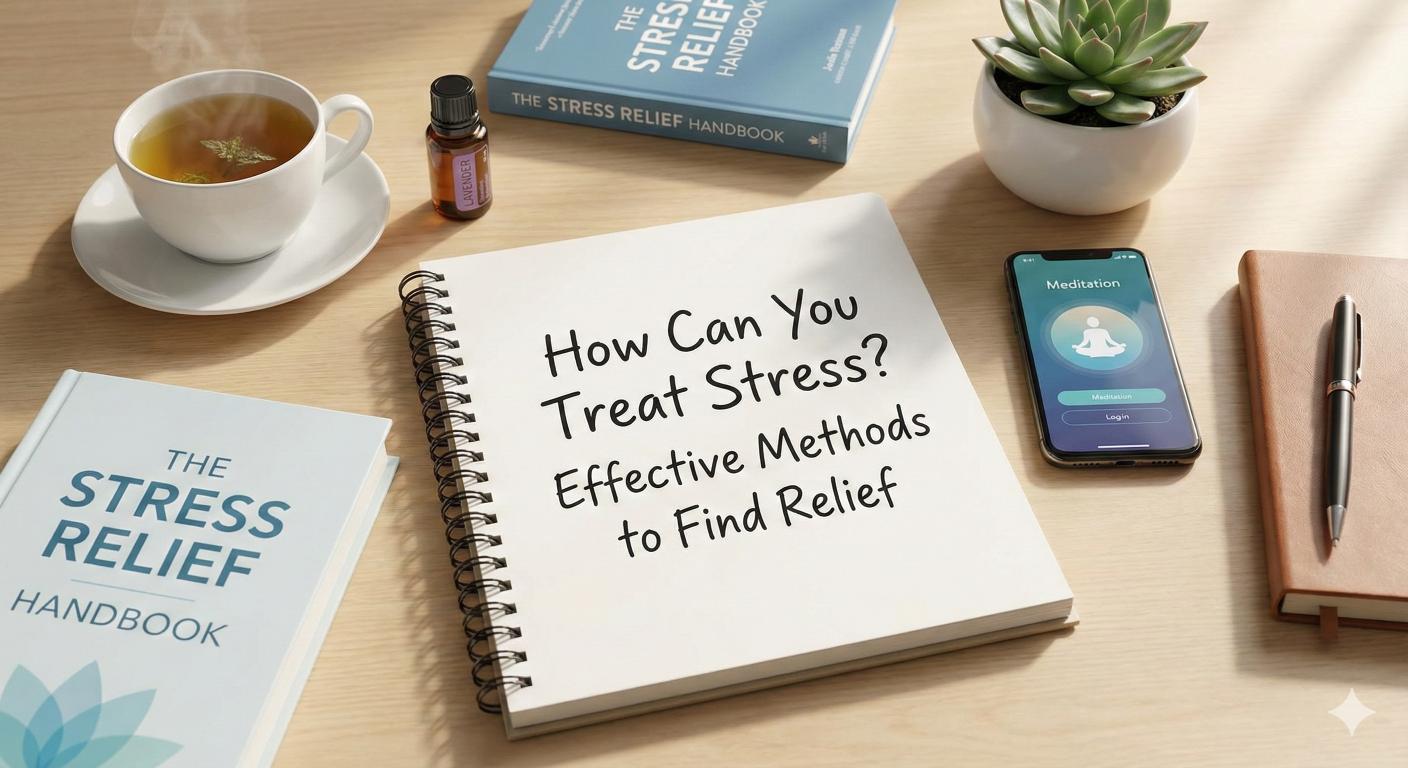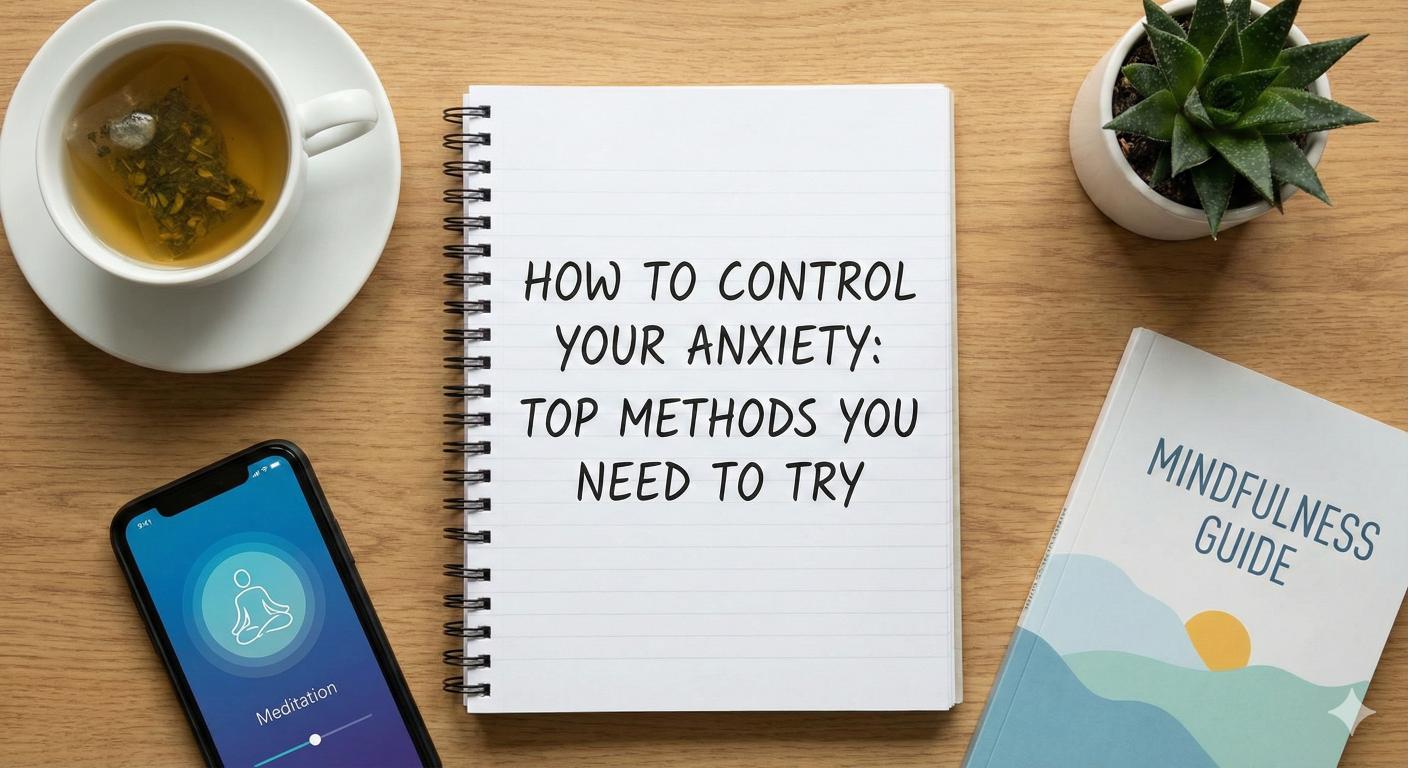Types of Anxiety Disorders
Discover the types of anxiety disorders explained, from panic to phobias, and find paths to relief and recovery.

Understanding Anxiety Disorders

Overview of Anxiety Disorders
Anxiety disorders are a group of mental health conditions characterized by excessive and persistent feelings of anxiety or fear. These disorders can significantly impair an individual's ability to function in daily life. The most common types of anxiety disorders include Generalized Anxiety Disorder (GAD), Panic Disorder, Social Anxiety Disorder, Specific Phobias, Agoraphobia, Separation Anxiety, and more [1]. Each type presents unique symptoms and challenges.
A summary of various types of anxiety disorders is provided in the table below:
Type of Anxiety DisorderDescriptionGeneralized Anxiety Disorder (GAD)Chronic and exaggerated worry about various aspects of life. (generalized anxiety disorder (gad): symptoms and treatment)Panic DisorderRecurrent unexpected panic attacks and fear of future attacks. (panic disorder: recognizing and managing panic attacks)Social Anxiety DisorderFear of social situations and being judged or humiliated. (social anxiety disorder: more than just shyness)Specific PhobiasIntense fear of specific objects or situations. (specific phobias: understanding and overcoming fears)AgoraphobiaFear of situations where escape might be difficult or help unavailable. (agoraphobia: when fear limits your world)Separation AnxietyExcessive fear of being away from attachment figures. (separation anxiety disorder in children and adults)Selective MutismConsistent failure to speak in specific social situations.Medication-Induced Anxiety DisorderAnxiety symptoms triggered by medication.Unspecified Anxiety DisordersAnxiety symptoms that do not meet the full criteria for other disorders.
Impact of Anxiety Disorders
Anxiety disorders can have a profound impact on an individual's life. They can lead to avoidance behaviors, where individuals may shy away from work, school, family gatherings, and other social situations due to fear or anxiety. This withdrawal can further exacerbate feelings of isolation and affect mental well-being [1].
The following risk factors can increase the likelihood of developing anxiety disorders:
Recognizing the signs and understanding the types of anxiety disorders explained in this article is essential for seeking appropriate help and treatment. Early intervention and proper management can greatly improve one's quality of life and overall mental health.

Common Types of Anxiety Disorders
Anxiety disorders encompass a range of mental health conditions characterized by excessive fear or worry. Understanding these conditions can aid in recognizing symptoms and seeking appropriate help. Below are some of the most prevalent types of anxiety disorders explained.
Generalized Anxiety Disorder
Generalized Anxiety Disorder (GAD) is marked by persistent and excessive worry about various aspects of life, including work, health, and everyday activities. Individuals with GAD often find it challenging to control their anxiety and may experience physical symptoms such as restlessness, fatigue, and difficulty concentrating.
SymptomDescriptionExcessive WorryConstantly worrying about multiple issuesPhysical SymptomsRestlessness, muscle tension, and sleep disturbancesCognitive IssuesDifficulty concentrating and making decisions
For more information regarding symptoms and treatment of GAD, see generalized anxiety disorder (gad): symptoms and treatment.
Panic Disorder
Panic Disorder is defined by recurrent and unexpected panic attacks, which are sudden bouts of intense fear that trigger severe physical reactions. Individuals may feel as though they are losing control, having a heart attack, or even dying during these episodes. Panic attacks can be accompanied by symptoms such as chest pain, rapid heartbeat, sweating, and trembling.
SymptomFrequencyRecurrent Panic AttacksAt least once a monthPhysical ManifestationsHeart palpitations, shortness of breathFear of Future AttacksConstant anxiety over potential attacks
For guidance on recognizing and managing panic attacks, refer to our article on panic disorder: recognizing and managing panic attacks.
Social Anxiety Disorder
Social Anxiety Disorder, often referred to as social phobia, involves an intense fear of social situations where one may be judged or evaluated by others. This disorder can lead to avoidance of social interactions, which may impact personal and professional relationships. Common symptoms include blushing, sweating, trembling, and difficulty speaking in social settings.
SymptomSituations AffectedFear of JudgmentWorrying about being embarrassed in publicAvoidance of Social EventsSteering clear of parties or gatheringsPhysical SymptomsIncreased heart rate, nausea during interactions
For more insights into social anxiety disorder and its implications, check out social anxiety disorder: more than just shyness.
Recognizing these types of anxiety disorders is crucial for understanding and addressing mental health needs. Each disorder presents unique challenges, and early intervention can significantly improve outcomes. Understanding these disorders is the first step in seeking appropriate treatment and support.

Specific Phobias and Related Disorders
Anxiety disorders encompass a variety of conditions, including specific phobias, agoraphobia, and separation anxiety. These disorders can significantly impact individuals' daily lives and their ability to engage in routine activities.
Phobias
Phobias are characterized by an intense fear or aversion to specific objects or situations. This fear is typically disproportionate to the actual threat posed. According to the National Institute of Mental Health, different types of phobias include not only specific phobias but also broader conditions such as social anxiety disorder and agoraphobia.
Many individuals with specific phobias experience extreme anxiety when confronted with their feared object or situation, which can lead to avoidance behaviors. The most common types of specific phobias include animals (like spiders or snakes), natural environments (such as heights or storms), and medical conditions (like needles).
Type of PhobiaDescriptionAnimal PhobiasIntense fear of certain animals or insects.Natural Environmental PhobiasFear related to natural disasters, heights, or water.Situational PhobiasFear of specific situations like flying or enclosed spaces.
For more information on managing these disorders, see our article on specific phobias: understanding and overcoming fears.
Agoraphobia
Agoraphobia is a type of anxiety disorder where individuals develop an intense fear of situations that may lead to feelings of helplessness or embarrassment. This often includes fear of being in crowded places or situations where escape might be difficult. In severe cases, people may become unable to leave their homes [2].
Agoraphobia can greatly restrict a person's daily activities, as they may go to great lengths to avoid situations that invoke anxiety. Effective treatment includes therapies aimed at gradually reintroducing individuals to feared situations in a safe and controlled manner, which you can read more about in our article on agoraphobia: when fear limits your world.
SymptomDescriptionFear of CrowdsAnxiety in crowded places or social situations.Avoiding LocationsSteering clear of places where escape feels difficult.Panic AttacksExperiencing panic attacks in feared situations.
Separation Anxiety
Separation anxiety involves excessive fear or worry related to separation from home or loved ones. While often associated with children, this disorder can also affect adults. Individuals with separation anxiety may experience distress when anticipating or experiencing separation, which can interfere with daily functioning [2].
Symptoms can include difficulty sleeping away from home, nightmares related to separation, and physical symptoms such as headaches or stomachaches when anticipating being separated.
Symptoms of Separation AnxietyDescriptionDistress at SeparationIntense anxiety regarding separation from loved ones.Physical SymptomsManifestations like headaches and stomachaches when apart.Difficulties Sleeping AloneTrouble staying overnight away from home.
For further insights into this disorder, refer to our article on separation anxiety disorder in children and adults.
Understanding the specific phobias and related disorders can shed light on the broader category of anxiety disorders, helping individuals seek proper support and treatment.
Less Common Anxiety Disorders
Anxiety disorders can manifest in various forms, some of which may be less recognized but are nonetheless significant in their impact on individuals. This section examines selective mutism, medication-induced anxiety disorder, and unspecified anxiety disorders.
Selective Mutism
Selective mutism is a complex anxiety disorder primarily observed in children. It is characterized by a child's inability to speak in certain social situations, despite speaking comfortably in more familiar settings such as home. This condition goes beyond mere shyness, affecting the child's ability to communicate effectively in various environments.
The prevalence of selective mutism is estimated to be around 0.7% of children, according to the American Psychiatric Association [1]. Early identification and intervention are crucial for improving communication skills and confidence in social scenarios.
Age GroupEstimated PrevalenceChildren0.7%AdolescentsLess common (varies)
Medication-Induced Anxiety Disorder
Medication-induced anxiety disorder occurs when certain medications lead to the development of anxiety symptoms. This can include both prescription and over-the-counter drugs, as well as recreational substances. The effects can vary widely depending on the individual and the specific medication involved.
Common medications that may contribute to anxiety include some stimulant medications, steroids, and withdrawal from substances like alcohol or recreational drugs. Identifying the causative medication is essential for determining an appropriate treatment plan. If anxiety symptoms arise after starting a new medication, consulting a healthcare professional is advised.
Medication TypeExamplesStimulantsAdderall, RitalinSteroidsPrednisoneRecreational DrugsCocaine, marijuana
Unspecified Anxiety Disorders
Unspecified anxiety disorders encompass anxiety-related symptoms that do not meet the criteria for any specific anxiety disorder outlined in the DSM-5. Individuals may experience significant anxiety and stress but may not fit neatly into established categories such as generalized anxiety disorder, panic disorder, or specific phobias.
This broad classification allows for flexibility in diagnosis and can be useful in situations where symptoms are temporary or resulting from specific stressors. Individuals facing unspecified anxiety disorders can still benefit from treatment, which may include therapy, lifestyle adjustments, or medication.
For more related discussions on anxiety disorders, you can explore articles on generalized anxiety disorder (GAD), social anxiety disorder, and panic disorder.
Factors Contributing to Anxiety Disorders
Understanding the contributing factors to anxiety disorders can help in recognizing the complexities of these conditions. There are two primary categories to consider: genetic influences and environmental triggers.
Genetic Influences
Genetics play a significant role in the development of anxiety disorders. Research indicates that both genetic and environmental factors contribute to the risk of developing these disorders. Though the exact cause remains uncertain, a combination of genetics, brain chemistry, personality, and life events is believed to influence anxiety levels [2].
Individuals with a family history of anxiety disorders may be more susceptible to developing similar issues. Risk factors can include mental health conditions, childhood experiences, and a family history of anxiety. The prevalence of anxiety is notably higher among women and people assigned female at birth, who are about twice as likely to experience anxiety disorders compared to men [2].
Genetic InfluencesDescriptionFamily HistoryIncreased risk if relatives have anxiety disorders.Mental Health ConditionsCo-existing conditions can raise susceptibility.GenderWomen are more prone to develop anxiety disorders.
Environmental Triggers
Environmental factors also significantly influence the onset of anxiety disorders. Life experiences, particularly traumatic events, can trigger anxiety in individuals already predisposed to these conditions. Examples of relevant environmental triggers include:
Environmental TriggersDescriptionTraumaEvents that cause significant distress or disruption.Negative Life EventsStressful changes that can provoke anxiety.Substance AbuseCan aggravate or lead to anxiety disorders.Childhood TraumaEarly adverse experiences impact later mental health.
Recognizing these factors is essential in understanding the diverse nature of types of anxiety disorders explained. Addressing both genetic predispositions and environmental influences can lead to more effective treatment approaches and ultimately improved outcomes for individuals suffering from anxiety disorders.
Seeking Help for Anxiety Disorders
Recognizing the need for assistance is a crucial step for anyone experiencing symptoms of anxiety disorders. Seeking help can significantly improve a person's quality of life and ability to cope with daily challenges.
Diagnosis and Assessment
Diagnosis of anxiety disorders typically involves a series of evaluations by healthcare professionals. Doctors will examine individuals, ask questions about their medical history, and may refer them to mental health specialists for further assessment [1]. During this process, healthcare providers may use standardized questionnaires to assess the severity of anxiety symptoms and how they affect the individual's functionality.
Evaluation MethodDescriptionClinical InterviewA discussion between the patient and healthcare provider to understand symptoms and history.QuestionnairesStandardized tools to measure anxiety levels and impact on daily life.Referral to SpecialistsMay involve psychologists or psychiatrists for further evaluation and diagnosis.
Treatment Options
Treatment for anxiety disorders can encompass various approaches tailored to individual needs. Options may include:
Individuals are encouraged to explore the specific treatment options that suit them best. For example, here are links to relevant resources:
Importance of Early Intervention
Acting quickly upon noticing symptoms of anxiety can lessen the disruption to an individual's life. Seeking help as soon as symptoms appear allows for prompt treatment, which can lead to better outcomes [2]. While there is currently no known method to prevent the development of anxiety disorders, early intervention can help reduce the severity of the disorder and its overall impact.
It is essential for individuals to approach their mental health proactively and recognize the benefits of timely support. For those experiencing anxiety related to health concerns, Health Anxiety: When Worry About Health Becomes Excessive and Anxiety in the Workplace: Causes and Coping Strategies can provide additional insights and coping mechanisms.
References
[2]:
More Resources
A team ready to start your journey.
Get in touch — today.
We are a safe space – a haven for exceptional individuals to receive discreet, personalized, in-person treatment and care.
.avif)










